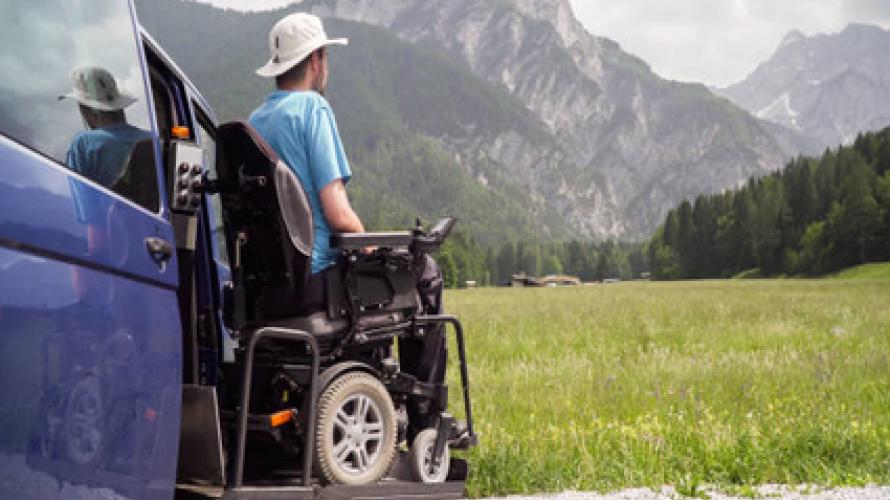
What is the study about?
This study aims to examine the connection between body mass index (BMI) and mortality (i.e., death) after the first year post spinal cord injury (SCI). The study looked at differences across demographic (e.g., marital status, education level) and injury characteristics (i.e., neurologic category). The researcher’s previous study found that people with BMI greater than or equal to 30.0 during initial rehabilitation had a higher risk of 1-year mortality than people with a BMI within the range of 18.5-24.9.
What did the study find?
This study found that after the first year post SCI, people with BMI less than 20.0 and greater than or equal to 35.0 have a higher risk of mortality. This finding is similar to the mortality risk in the general population.
Who participated in the study?
Participants (N = 2,346) were those who survived during the first year of injury and aged 20 years or older at BMI assessments between 2007 and 2011.
How was the study conducted?
This was a cohort study that did secondary analysis of data from the National Spinal Cord Injury Model Systems Database.
How can people use the results?
Individuals with SCI and their families can use the results of this study to better understand how BMI may affect life expectancy after SCI. Practitioners can use these results to tailor treatment to focus on weight management for SCI patients with relatively low or extremely high BMI. Researchers can also use these findings to expand future studies to explore factors that contribute to higher mortality after SCI. This could include items such as pre-existing conditions, poor diet and/or nutrition, and cardiorespiratory fitness.
Reference
Wen, H., DeVivo, M. J., Heinemann, A. W., Krause, J. S., Robinson-Whelen, S. & Chen, Y. (2021). Mortality beyond the first year after spinal cord injury: Does body mass index matter? Archives of Physical Medicine and Rehabilitation, 44(4): 563-571. [https://pubmed.ncbi.nlm.nih.gov/31729925/]